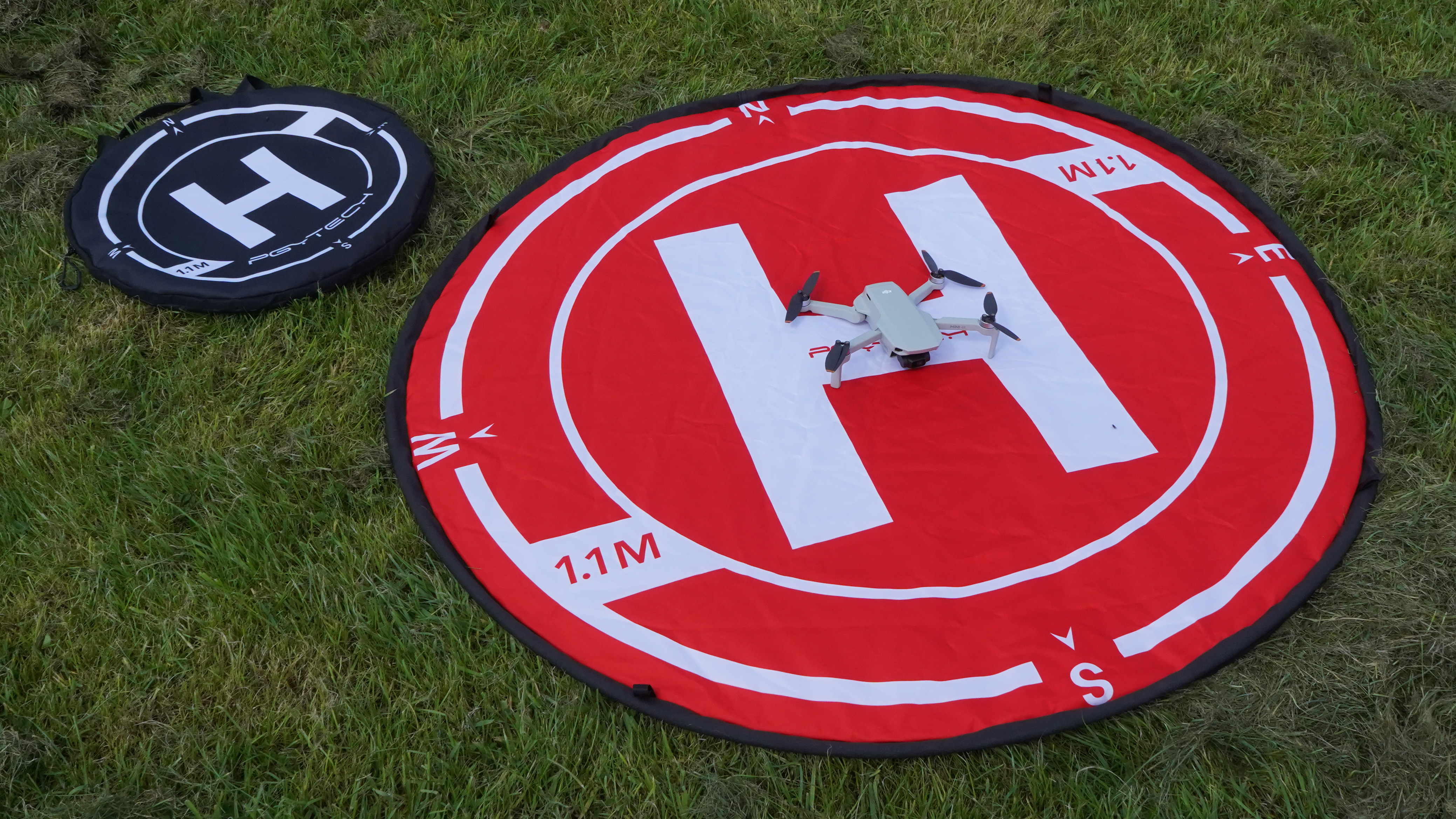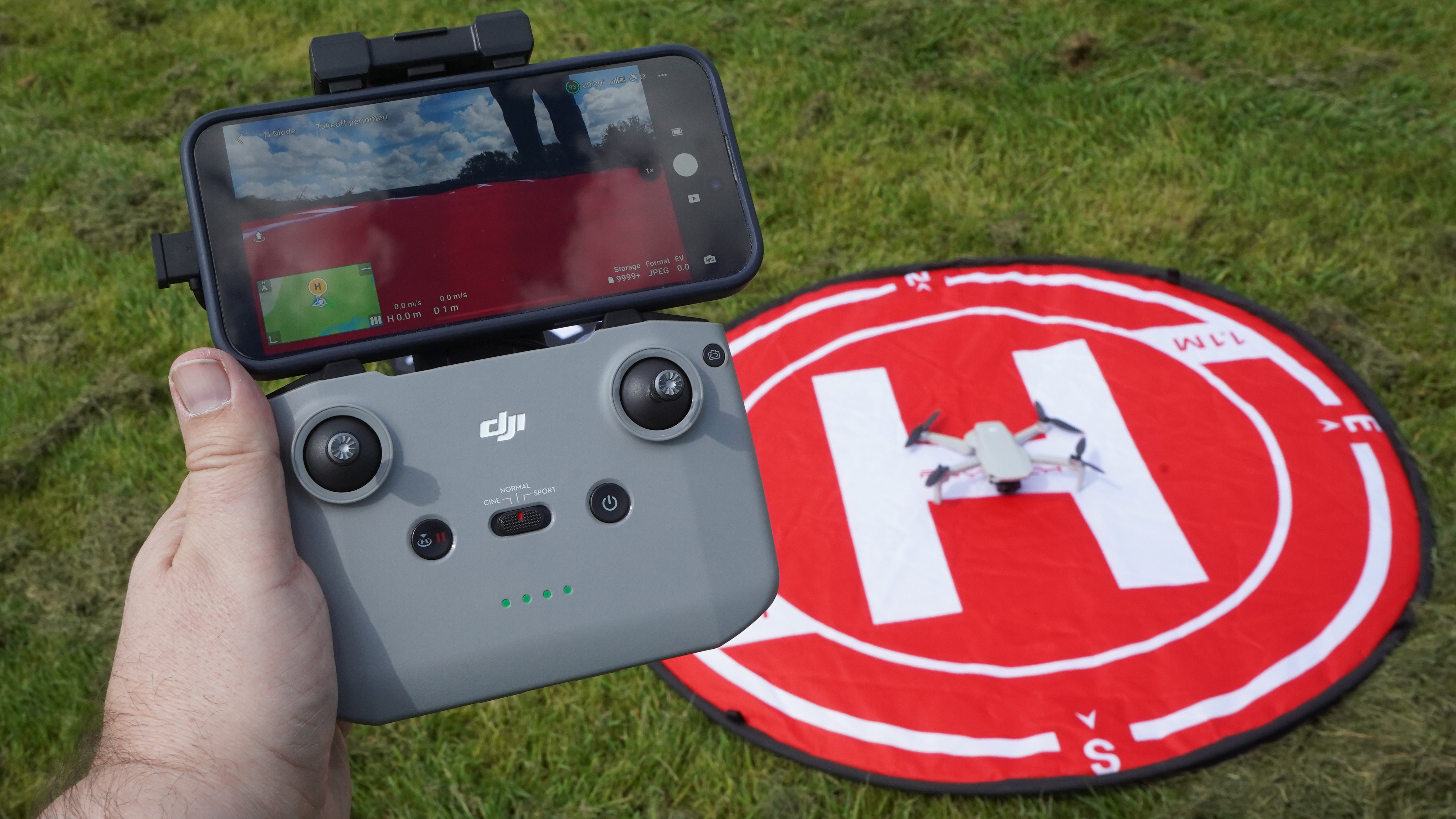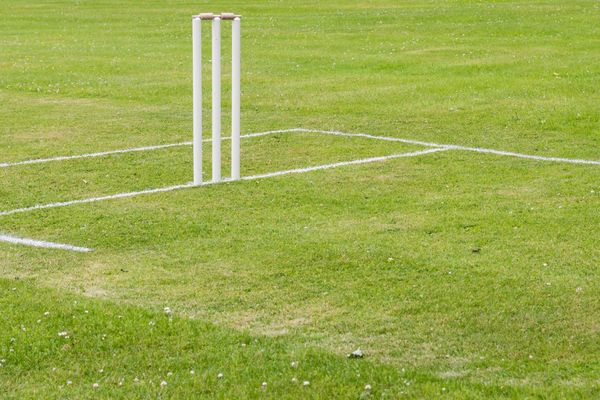
PGYTech's 110cm (or 160cm) drone landing pad offers a deliberately weighty solution to the problem of what you can take off your drone from and land it on to keep the motors and propellors safe.
Early drones were quite tall – enough to keep the props away from grass and the dust of the ground – but for modern devices that is much less true.
One of the problems of having a large fold-out landing pad is setting it up; they have quite a large sail area so they can catch the wind. The solution is typically to peg it down, which means you need to take off above soft enough soil to put the pegs in.
This pad solves that by making the outer hoop weighty enough to keep the pad down, at least in lower winds.
Specifications
Price
When I reviewed this pad, PGYTech stated the price as $99.95 for the 160cm version, but other retailers had more interesting offers. This is at the higher end, but replacing propellers and motors is expensive too, especially if you have a drone large enough to warrant a large pad!
Design and handling
Photographers will be familiar with the idea of pop-out circular reflectors, and the basic concept here is the same, though the frame is detectably weightier. This makes it a bit easier to manipulate when expanding it, and (in low wind) is enough to let you place it without pegging – though there are loops for pegs.
The surface is printed with the classic 'H' and, in a nice touch, compass markings. You can ignore these, or align them for a handy visual reference later during the flight.
It is supplied in a just-big-enough zip bag which seems to be made of decent quality nylon. Unlike some I've seen, there were no obvious stitching defects.
Fitting it back into the case could be easier; the weighted rim makes folding a little harder than a typical tent/reflector, and the bag seemed ever-so-slightly too small, but I managed it after a few tries during which I probably looked somewhat foolish.

Perfomance
In use with a DJI Mini 4K (I had the pad with me when I did my DJI Mini 4K review), I actually found there was a bit of an issue with this pad I'd not anticipated – it didn't stretch fully taught and the lightweight drone still found itself sat on quite a cushiony surface
For a medium-sized drone, like a Mavic 3, this wouldn't have been an issue. The slightly increased size and weight would have been enough to compress the grass beneath the pad. Nor would it have if I had been taking off from a flat beach or concrete, while the pad would still have protected the craft from the dust which can harm the motors.
The marking on the bag suggests a solution – just use the bag, at least for take-off (your landing will need to be more precise). On the flip side, it's not exactly discrete!
Overall verdict
This is a well-made product which feels reassuring, but you need to know why you're buying it. If you use an ultralight drone in grassy areas, this might not be the product for you – it's expensive and when laid out not actually well suited to your needs.
On the other hand, there is a lot of flexibility (especially remembering the bag, when full, is effectively a nearly-hard landing pad). The overall mat is made of good quality materials and the size offer a lot of protection against flying debris – I tested 110cm (43-inch) but there is a 160cm (63-inch). The former would keep a Mavic-sized drone well-protected from take off blast-back, and realistically even service an Inspire-sized drone, while the later would satisfy serious enterprise drones.
In short, you can get what you need for less (if you can land more precisely), but the size provides more protection albeit at a higher cost.
✅ Buy this if...
- You need a landing pad for a drone of 800g or more
- You want to shield the drone from a large area of debris
- You don't always want to bother with pegs
🚫 Don't buy this if...
- You only fly ultralight drones
- You're looking for the cheapest option
Alternatives
We keep a guide to the best landing pads for drones which includes the key alternative types, which are essentially 2 other types – weighted folding pads which are good at staying flat and compressing the grass etc. – and lighter pop-out mats which look similar to this but always need to be pegged because they don't have weighting.







